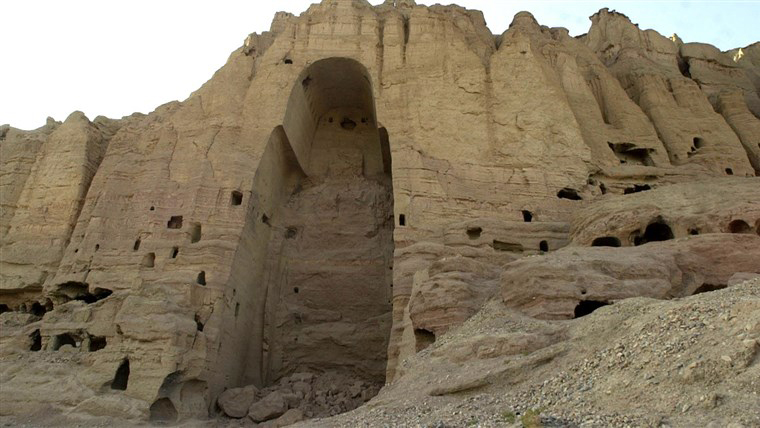
People have been arguing about art for a very long time. The cave paintings in Lascaux, France, are reported to be over 20,000 years old, and no doubt they stimulated considerable dialogue, “It looks more like an ox than a horse to me,” or “My six-year-old daughter can draw better than that,” or “It’s the stupidest looking pig I’ve ever seen!” Of course, the ancient cave paintings were not an “art exhibition.” Rather, they were a visual incantation created to help insure a good hunt – more a sacred expression than a creative one.
When life and art were one expression of the sacredness of the world, today’s objectified and dualistic view of art did not exist. Some cultures continue to preserve the remnants of this unity; Bali and Mexico come immediately to mind. Despite the penchant of modern culture to view “folk art” (carvings, textiles, varied crafts, painting, sculptures, etc.) as a mere decorative accessory, artistic expression as part of a sacred life is where all art began. Accordingly, art as a highly personal, purely creative, intellectual, political or philosophical endeavor associated with religious dogma, garnering public opinion or as a multimillion-dollar investment vehicle is a decidedly recent phenomenon. Indeed, while the origin of sacred and religious art is an interesting topic, its destruction and prohibition is no less compelling.
When religious or anti-religious institutions and the mechanisms and imperatives of state power are merged, it has often been accompanied by the destruction of sacred art. Thus, noses were hacked off statues of Egyptian deities, heads and arms of Greek gods defaced, and Tibetan Buddhist paintings and artifacts burned by the Communists. Before they were driven from power, the Taliban of Afghanistan made a point of destroying the ancient 60-foot-tall cliff-side Buddha statues in Bamiyan due to their religious/political significance. Because religious expression is easily clothed in sentiments of devotion or piety, it is regularly appropriated as a lever of state power.
Thus it is that the legal decisions regarding overtly religious displays on government and state property have been controversial, and rightfully so. While the First Amendment explicitly guarantees both freedom of religion and prohibits government establishment thereof and as well guarantees freedom of speech, conflating religious or sacred art with free-speech reignites ancient passions deeply suffused with pride and prejudice. Recent arguments proposing that religious displays on government property should be allowed as an expression of free speech do just that. Equating genuine religious displays with culturally secular popular displays such as decorated trees or Santa Claus ultimately demeans authentic faith, and undermines the sacred.
Religious displays placed on private or religious institution property clearly are fully protected under the Constitution’s Bill of Rights, but the modern day court so strongly leans in favor of ensuring that one particular religion is not established by the state above another, that it has interpreted the First Amendment using a highly cautious and common-sense approach. The court has recognized that any effort to reunite state and religious expression risks exacerbating and exciting deeply felt, and even extreme emotions. In our ethnically and religiously diverse society such expressions are best kept in reserve, lest things be said or done that quickly escalate into the unwelcome territory of intolerance residing just below the surface of our multicultural society.